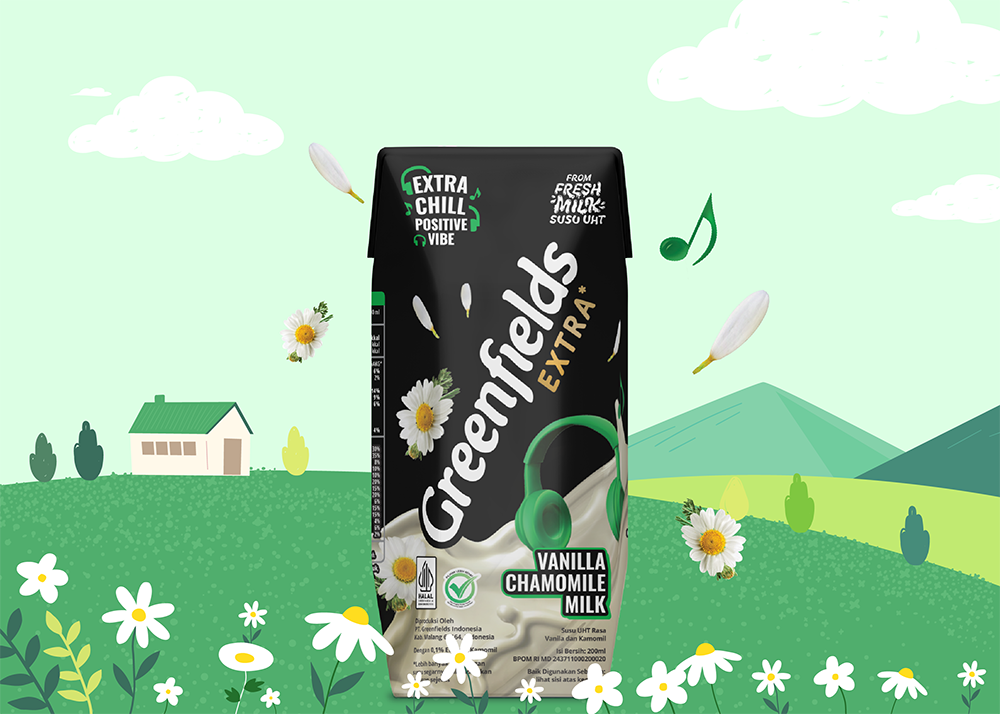
How To Make Microfoam Milk For Latte Art
How to make microfoam milk for latte art – Depending on the apparatus used and the eventual size of the air bubbles in your frothed milk, it is suitable for use in different coffee styles. For example, larger air bubbles in frothy milk are suitable for use in a cappuccino, while high-quality latte art demands a milk foam that is finer and smoother in texture. In industry terms, we refer to this as microfoam. While there are subtle techniques and precision involved with creating microfoam, the basic concept remains the same as other types of milk foam, where the air has to be incorporated into the milk by breaking the surface of the milk while simultaneously heating the milk using a steam wand from an espresso machine.
Choosing the Right Milk to Make Microfoam Milk
Before getting into specifics about technique, it is important to start with a good base, in the form of a suitable type of milk. As a general rule of thumb, microfoam milk should be smooth, rich, and creamy, with only very fine air bubbles in the milk foam when the milk is poured. The size of the air bubbles is dependent on the technique applied with frothing the milk, but the creaminess and texture are largely down to the type of milk chosen for this purpose, and the fat content present in the milk. Most specialty coffee shops use full cream milk that contains between 3.2% to 3.5% fat by default for all their latte art needs. This is recommended as the fat content provides a good base to easily produce microfoam for latte art. Low-fat and skim milk can also be used but will require a little bit more technique, and some adjustment to the milk frothing technique in order to achieve a similar result. In some cases, where an individual fancies a richer and creamier end product, they may also use other dairy milk products such as Jersey Milk. One such product is Greenfields Jersey Milk, which contains 4.5% fat, making it a very candidate for use in creating milk foam for latte art and latte art-free pouring.
Considerations when Making Microfoam Milk
In creating microfoam, the objective is to create a frothed milk that has extremely fine and tiny air bubbles. This is difficult to achieve with most home apparatus such as an electric milk frother or a french press and is usually done through a steam wand on an espresso machine. When frothing the milk, it is important not to fill the milk frothing pitcher up too full. This is because the milk will need to be swirled during the steaming process, and will need space to do so. During the milk steaming process, as the air gets incorporated into the milk, the milk will also start to increase in volume. This is another reason why the milk pitcher should only be filled until the bottom of the spout.
Before starting the frothing process, it is important to purge the steam wand of any condensed water present in the steam wand. If this is not done, water would get pushed into the milk and dilute it, making it difficult for you to achieve the desired creamy texture needed for microfoam milk. During the milk steaming process, it is key to consider the angle and depth of the steam wand inserted into the milk. What you’ll want to achieve is a steady swirl at the surface of the milk, with occasional “hissing” that is heard from the steam wand. The steady swirl helps to ensure that large air bubbles do not form on the surface of the milk, while the “hissing” gives a good indication that air is being introduced into the milk. To achieve this, start off by inserting the steam wand at an angle into the milk pitcher, up to mid-depth. During this process, if you can only see slight ripples at the surface of the milk, with no air hissing, it is likely that the steam wand has been inserted too deep into the pitcher, and is only steaming the milk, but not necessarily frothing it.
Once you are done with the milk steaming and milk frothing process, you might still notice some air bubbles on the surface of the milk. Swirl the milk in the pitcher and knock the pitcher onto your workstation if necessary to get rid of any excess bubbles. The end product should have an extremely smooth surface texture with a slight sheen to it. It is important to note that for latte art, excessive amounts of milk foam are not desirable. As such, if you find that the volume of milk has increased too much, it might be a good idea to dispose of some of the top foam. An easy way to do this is to tilt the milk pitcher sideways while holding the handle and pour decisively via the rim of the pitcher. Do not pour through the spout, as this will only release the steamed milk from under the foam, which is the portion that you will want to keep for latte art..














